Sealife guideThe chinstrap penguinPygoscelis antarcticus
Last updated on 08/26/2024 at 05:46 PM

The chinstrap penguin (Pygoscelis antarcticus)
Taxonomy
- Common name: Chinstrap penguin
- French name: Manchot à jugulaire, manchot barbu
- Scientific name: Pygoscelis antarcticus (Forster, 1781)
- Family name: Spheniscidae
- Order name: Sphenisciformes
- Class name: The sea birds
Description
The chinstrap penguin is easily recognized by a black line that runs across its cheeks. Both male and female chinstrap penguins have the same appearance: black on top of the head and back with a white belly.
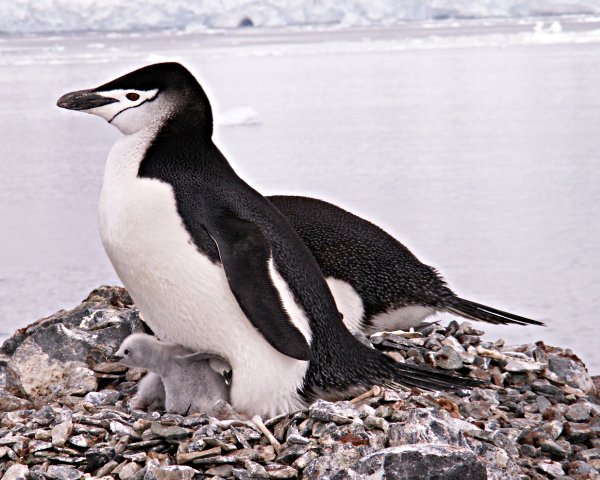
The chinstrap penguin is characterized by a black line that runs across its cheeks !
The chinstrap penguin stands about 30 inches tall and weighs around 6.5 to 9 pounds.
Chinstrap penguins spend almost the entire year in the water, except in November when they return to the nesting site to lay eggs.
Geographic range
During the breeding season, chinstrap penguins migrate to the rocky coasts near Australia.
Habitat
Chinstrap penguins nest on rocky shores.
Diet
Reproduction
Chinstrap penguins build their nests out of stones, where they lay their eggs. Around mid-February, young penguins leave their parents and head out to sea.
Did you know ?
If other penguins venture too close to their nest, the chinstrap penguin throws stones, often taken from neighboring nests, to drive them away.
The chinstrap penguin is listed as many other marine species within The
IUCN Red List of threatened species. The chinstrap penguin appears in the
IUCN Red List since 2020 within the category Least Concern !
Within the same genus

Adelie penguin
(Pygoscelis adeliae)

Gentoo penguin
(Pygoscelis papua)
Within the same family
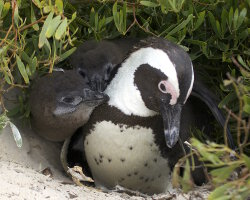
African penguin
(Spheniscus demersus)

Emperor penguin
(Aptenodytes forsteri)

Galapagos penguin
(Spheniscus mendiculus)
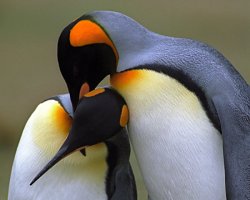
King penguin
(Aptenodytes patagonicus)
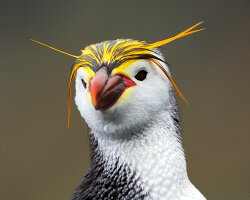
Royal Penguin
(Eudyptes schlegeli)
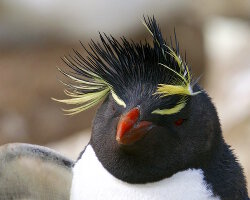
Southern rockhopper penguin
(Eudyptes chrysocome)
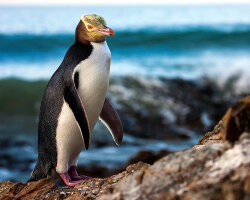
Yellow-eyed penguin
(Megadyptes antipodes)
Discover also
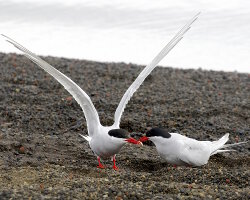
Antarctic tern
(Sterna vittata)
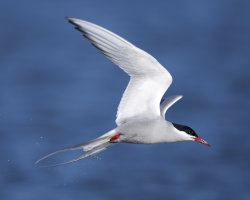
Arctic tern
(Sterna paradisaea)
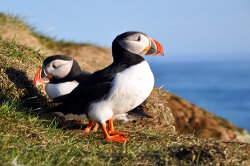
Atlantic puffin
(Fratercula arctica)

Australasian gannet
(Morus serrator)

Black-legged kittiwake
(Rissa tridactyla)

Blue-footed booby
(Sula nebouxii)

Red-footed booby
(Sula sula)
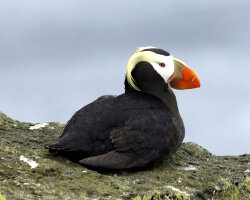
Tufted puffin
(Fratercula cirrhata)
The marine species from Antarctic ocean

Adelie penguin
(Pygoscelis adeliae)
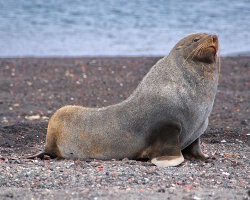
Antarctic fur seal
(Arctocephalus gazella)

Emperor penguin
(Aptenodytes forsteri)

Gentoo penguin
(Pygoscelis papua)
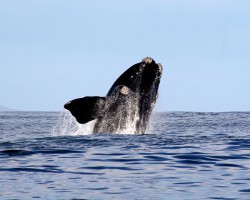
Southern right whale
(Eubalaena australis)
Our latestUpdates

Friday, January 10th 2025
Hvar island
Hvar, a jewel of the Adriatic, captivates with its turquoise waters, wild coves and fragrant lavender fields. Between medieval villages, lively ports, and lush hills, Hvar island offers the perfect mix of relaxation, culture and breathtaking landscapes. Ideal for sun, sea and authentic experiences.
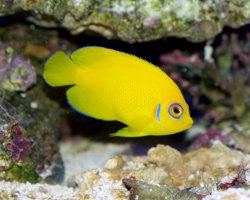
Thursday, January 9th 2025
The lemonpeel angelfish
The lemonpeel angelfish is a small, brightly colored reef fish found in the tropical waters of the Indo-Pacific ocean. It inhabits shallow coral reefs, sheltering among corals and rocky crevices.
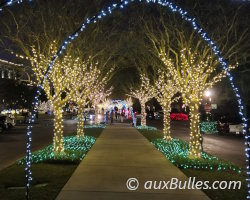
Friday, December 19th 2025
The magic of Christmas decorations
Discover Christmas decorations in Florida: giant trees, illuminated palm trees, magical light displays and tropical settings to experience the holiday magic under the sun.
Photo of the Day
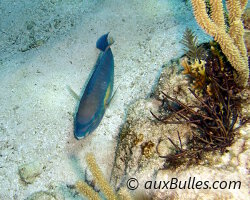
Poisson perroquet princesse
(Scarus taeniopterus)

























